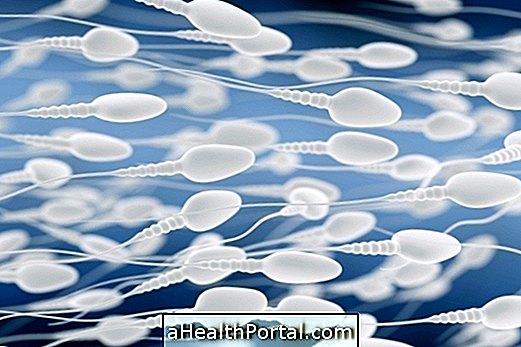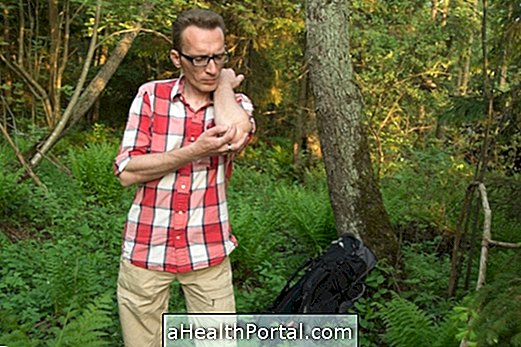The presence of uterine polyp may interfere with pregnancy, making it difficult to conceive and increasing the risk of miscarriage, so that whenever a woman has polyps larger than 1.5 cm, the doctor may indicate withdrawal after a careful evaluation.
Although polyps are not so common in young women of childbearing age, all who are diagnosed with this disorder should be observed regularly by their gynecologist to see if other polyps have arisen or if they have increased in size.
Normally in this age group, the appearance of polyps is not related to the development of cancer, but it is up to the physician to decide the most appropriate treatment for each case because in some women, polyps may disappear spontaneously without the need for surgical treatment.
Uterine polypoesis can make conception difficult
Women who have uterine polyps may find it more difficult to get pregnant because they can make implantation of the fertilized egg inside the uterus difficult. However, there are many women who can get pregnant even with a uterine polyp, having no problems during pregnancy.
Women who wish to become pregnant but have recently discovered that they have uterine polyps should follow the medical guidelines because it may be necessary to remove polyps before conception to reduce risks during pregnancy.
Because uterine polyps may show no signs or symptoms, a woman who can not conceive after 6 months of trying can go to the gynecologist for an appointment and this doctor can order blood tests and a transvaginal ultrasound to see if there are any uterine change that is making pregnancy difficult. If the tests have normal results, other possible causes of infertility should be investigated.
Risks of uterine polyps during pregnancy
The presence of one or more uterine polyps, more than 2 cm during pregnancy, may present risks such as:
- Increased polyp size;
- Increased risk of vaginal bleeding;
- Increased risk of miscarriage.
Women with uterine polyps larger than 2 cm are those who have the greatest difficulty in getting pregnant, so it is common for them to undergo pregnancy treatments such as in vitro fertilization, and in these cases, they are the ones with the highest risk of becoming pregnant. suffer an abortion.
Here's how treatment can be done on:
- How to treat the uterine polyp to prevent cancer





















